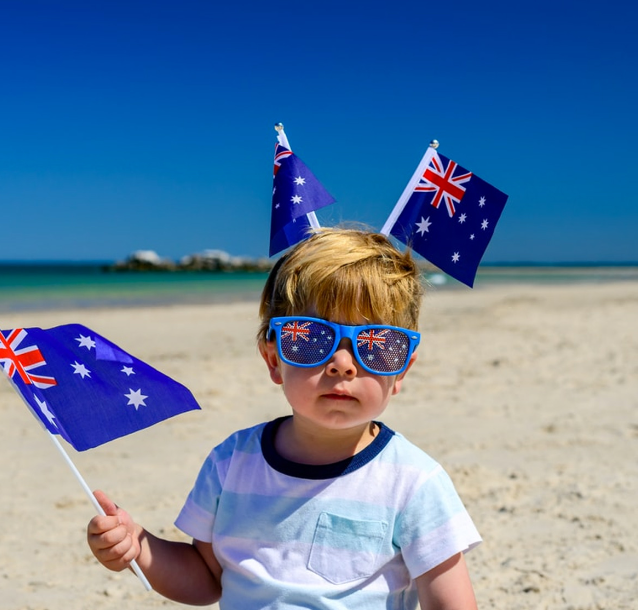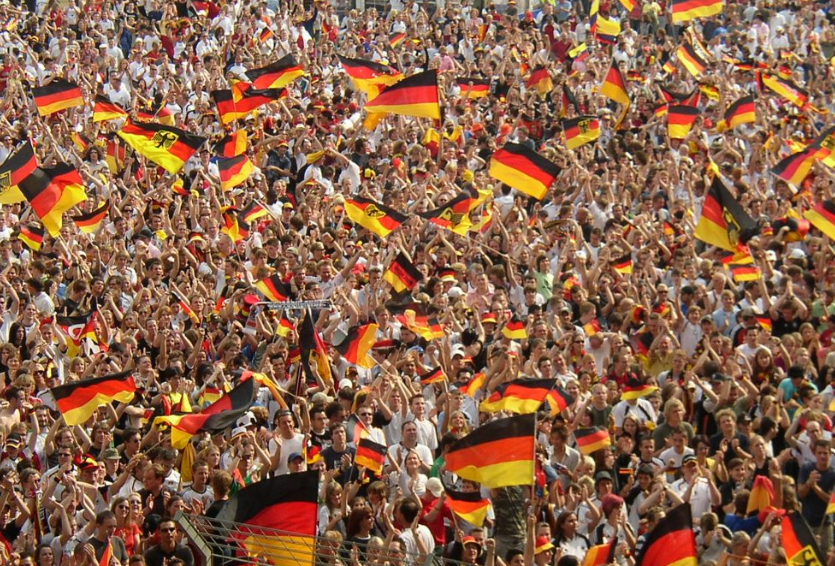If there’s one event that captures the true essence of Cuba’s rich culture, vibrant spirit, and infectious energy, it’s the Cuba National Festival. This annual extravaganza is more than just a festival; it’s a reflection of the nation’s history, traditions, and lively character. From its colorful parades to rhythmic beats, this celebration is a testament to Cuba’s identity and has drawn attention from around the world. Join us as we delve into the heart of the Cuba National Festival and explore the captivating Carnival of Santiago de Cuba.
The Carnival of Santiago de Cuba stands as a crowning jewel in the realm of cultural celebrations. Rooted in history and pulsating with life, this festival showcases the very soul of Cuba. As the country expert on this captivating event, let’s unravel the layers of this carnival that has been captivating hearts for generations.
History and Origins of the Cuba National Festival
The origins of the Carnival of Santiago de Cuba can be traced back to the 17th century when enslaved Africans would gather to celebrate their cultural heritage through music, dance, and vibrant costumes. Over the centuries, this celebration evolved, merging African, Spanish, and indigenous influences into a unique and dazzling spectacle.
Significance of Santiago de Cuba Carnival
This carnival holds immense cultural significance as it commemorates both Cuban independence and the abolition of slavery. It is a time of unity and pride, a testament to the strength and resilience of the Cuban people.
Cuba National Festival: Preparation and Anticipation
Months before the carnival begins, communities come together to prepare. Workshops are held to create elaborate costumes and choreograph intricate dance routines, infusing the event with a strong sense of collaboration and creativity.
Days of Festivities
The carnival typically spans several days, filled with a whirlwind of events and activities. Each day brings new excitement and anticipation as locals and visitors alike immerse themselves in the festivities.
Colorful Parades and Comparsas
The heart of the carnival lies in its grand parades and comparsas – elaborate groups showcasing dance, music, and costumes. These parades wind through the streets, infusing the air with infectious energy and jubilation.
Music and Dance: Rhythms that Enchant
Cuban music is renowned worldwide, and the carnival amplifies this reputation. From traditional son cubano to the lively conga rhythms, the air is alive with melodies that beckon everyone to dance along.
Cuba National Festival: Traditional Costumes and Symbols
The costumes worn during the carnival are a sight to behold. Rich in symbolism and history, they pay homage to Cuba’s diverse heritage and are a visual feast of colors and textures.
Gastronomic Delights: A Taste of Cuba
No celebration is complete without indulging in delectable dishes. The carnival offers a chance to savor authentic Cuban cuisine, from succulent roast pork to flavorful rice and beans.
Artistic Expressions and Workshops
The carnival is not just a spectator event; it encourages active participation. Workshops on dance, music, and crafts allow attendees to engage with Cuba’s artistic traditions firsthand.
Bringing Communities Together
The carnival fosters a sense of unity among Cubans from all walks of life. It bridges generational and cultural gaps, reminding everyone of the shared heritage that binds them.
Cuba National Festival: Cultural Preservation and Global Impact
As the world becomes more interconnected, the Carnival of Santiago de Cuba serves as a vital link to the nation’s roots. It showcases Cuba’s cultural wealth and leaves a lasting impact on those who experience it.
FAQs About Cuba National Festival
Q1: When does the Carnival of Santiago de Cuba usually take place?
A1: The Carnival of Santiago de Cuba typically takes place in late July, coinciding with the feast day of Santiago (St. James), the patron saint of the city.
Q2: How do the costumes worn during the carnival reflect Cuba’s history?
A2: The costumes worn during the carnival showcase a blend of African, Spanish, and indigenous influences, reflecting the diverse cultural heritage of Cuba. These vibrant costumes pay homage to the nation’s history and traditions.
Q3: Are visitors allowed to participate in the parades?
A3: Yes, visitors are often encouraged to join in the festivities and participate in the parades. Many comparsas (dance groups) welcome enthusiastic participants to dance alongside them, adding to the inclusive and celebratory atmosphere.
Q4: What role does music play in the carnival celebrations?
A4: Music is at the heart of the carnival celebrations. Traditional Cuban rhythms such as son, conga, and rumba fill the streets, creating an infectious and lively ambiance. Music not only accompanies the parades but also serves as a means of cultural expression and unity.
Q5: How has the carnival evolved over the years?
A5: The Carnival of Santiago de Cuba has evolved from its origins as a celebration among enslaved Africans to a grand showcase of Cuban culture and heritage. While its core elements of music, dance, and vibrant costumes remain, the carnival has grown in scale and popularity, attracting both local and international participants and spectators.
Conclusion
The Carnival of Santiago de Cuba is more than just a festival; it’s a vibrant expression of Cuba’s identity and cultural heritage. As the streets come alive with music, dance, and color, the heart and soul of the nation are on full display. This celebration serves as a reminder of the power of unity, diversity, and the unbreakable spirit of the Cuban people. So, come and experience the magic of the Carnival of Santiago de Cuba – an unforgettable journey into the heart of Cuba’s soul.
References
- García, L. (2006). Carnival as a Performing Art: The Santiago de Cuba Carnival in a Comparative Caribbean Context. Dance Research Journal, 38(2), 36-53.
- Ortiz, F. (1947). Cuban Counterpoint: Tobacco and Sugar. Duke University Press.
- Sublette, N. (2004). Cuba and its Music: From the First Drums to the Mambo. Chicago Review Press.

